All Science
 Space debris danger: Fast-moving paint flake dings window of space station
Space debris danger: Fast-moving paint flake dings window of space stationA small paint flake orbiting Earth chipped one of the windows on the International Space Station. Space debris could be a growing danger to future space missions.
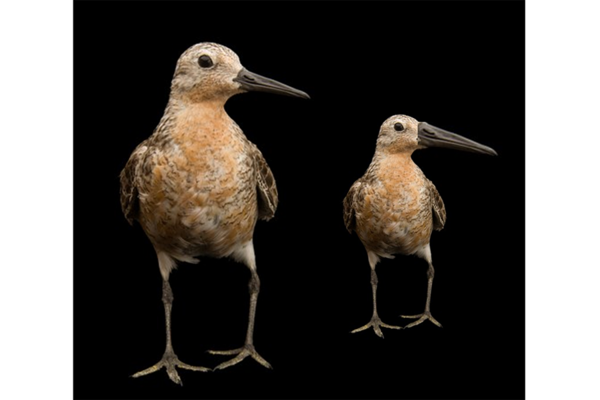 Climate change could be shrinking these Arctic birds
Climate change could be shrinking these Arctic birdsWarming in the high Arctic may be fueling rapid evolution of red knots, according to new research.
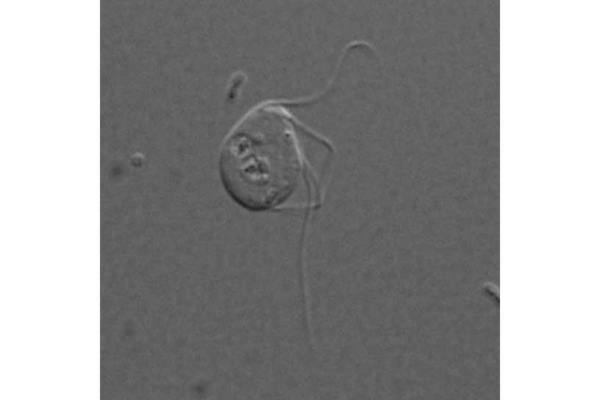 Missing mitochondria: Strange eukaryotic cell lacks 'powerhouse'
Missing mitochondria: Strange eukaryotic cell lacks 'powerhouse'Scientists have identified a living eukaryote that lacks mitochondria, thought essential for that type of cell to function.
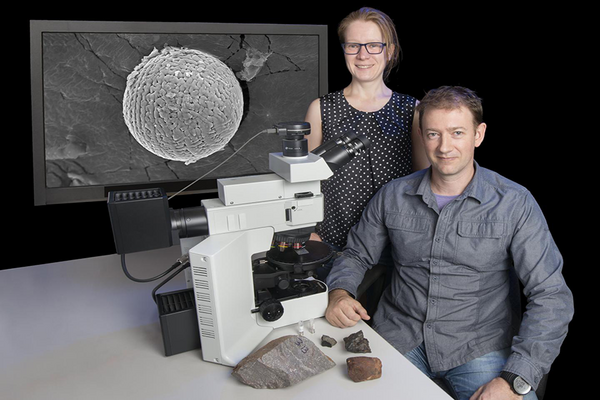 Ancient space dust may reveal mysteries of Earth's early atmosphere
Ancient space dust may reveal mysteries of Earth's early atmosphereA new paper challenges the widely held belief that there was little to no oxygen in Earth's atmosphere 2.7 billion years ago.
 Unusual heat waves in Africa will soon be the norm, study says
Unusual heat waves in Africa will soon be the norm, study saysBy the end of the century, heat waves in Africa will be longer, hotter, and more frequent, say a team of researchers from Norway and Italy.
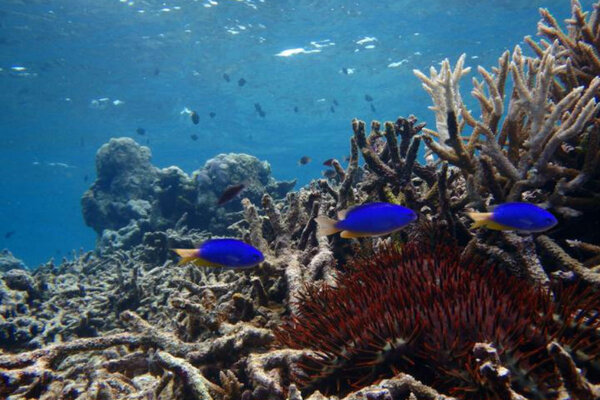 First LookDamsels in distress: Coral reef decline denudes damselfish of defenses
First LookDamsels in distress: Coral reef decline denudes damselfish of defensesA study shows that one of damselfish's key abilities, chemical cues to identify predators, is incapacitated when the coral at the core of its ecosystem perishes.
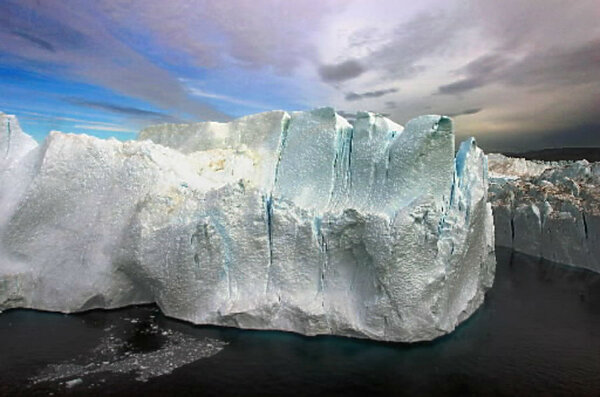 This GIF illustrates global warming 'spiraling' out of control
This GIF illustrates global warming 'spiraling' out of controlProfessor Ed Hawkins developed a GIF that illustrates how global climate change has accelerated from 1850 to today.
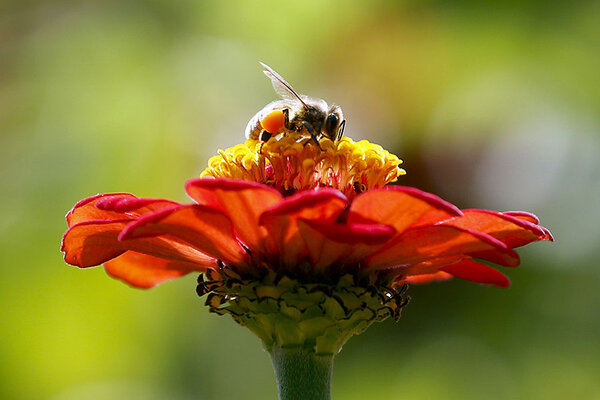 Bees are in trouble. What's being done to save them?
Bees are in trouble. What's being done to save them?An annual survey of US beekeepers paints a bleak picture, with a decline of almost 50 percent in honeybee colonies. New public-private coalitions offer hope.
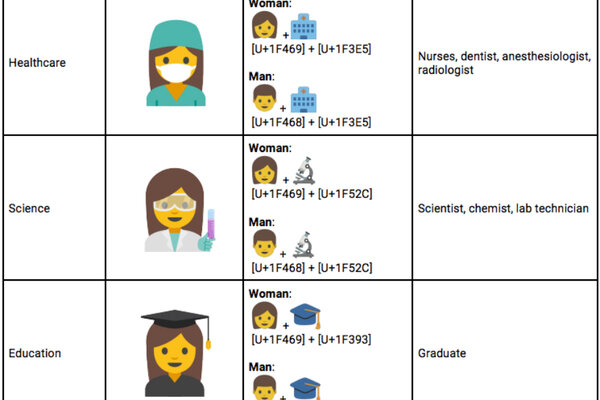 Can emojis promote gender equality?
Can emojis promote gender equality?Four Google employees have proposed adding 13 female professionals to the ranks of emoji characters.
 How Canadian teenager used space archaeology in hunt for lost Mayan city
How Canadian teenager used space archaeology in hunt for lost Mayan cityA 15-year-old used star charts and satellite images to hypothesize the location of an undiscovered Mayan city in an example of 'space archaeology.'
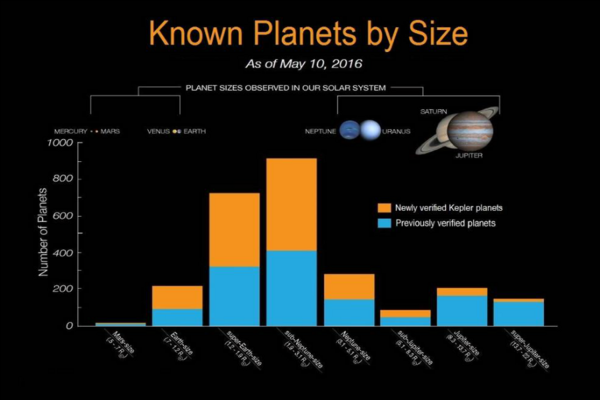 Kepler has spotted 1,284 new exoplanets, thanks to new verification method
Kepler has spotted 1,284 new exoplanets, thanks to new verification methodUsing a new analysis technique, scientists have verified 1,284 new exoplanets that were discovered by NASA's Kepler telescope. These additions double the number of planets the telescope has discovered since it was launched in 2009.
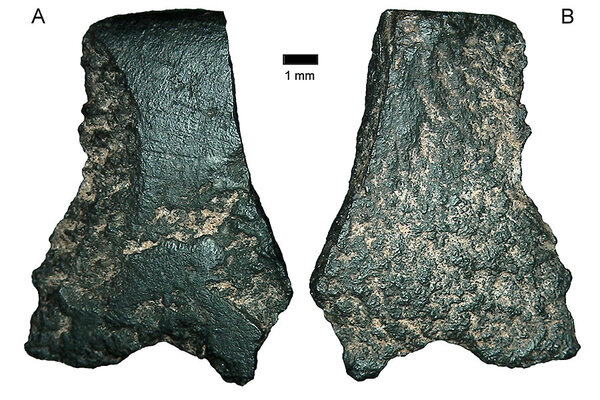 Australia was home to the world's oldest hatchet, archaeologists say
Australia was home to the world's oldest hatchet, archaeologists sayScientists working in Western Australia have unearthed an ancient axe. The scientists dated the artifact to between 46,000 and 49,000 years old, making it the oldest of its kind to be discovered anywhere in the world.
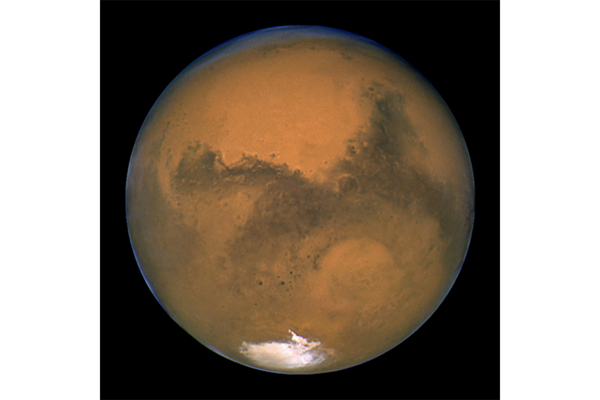 First LookOxygen in Martian atmosphere? Yes, but don't get too excited yet.
First LookOxygen in Martian atmosphere? Yes, but don't get too excited yet.Detection of atomic oxygen in Mars' upper atmosphere is exciting news for scientists, but not in the way you might think.
 First LookHistory of human trade is written in camel genes
First LookHistory of human trade is written in camel genesA new study finds that one-humped camels' genetic diversity may have been influenced by their role in ancient caravans.
 Why are carrots orange?
Why are carrots orange?Carrots have recently joined the elite ranks of vegetables whose entire genome has been sequenced – revealing the secret behind the vegetable's iconic color.
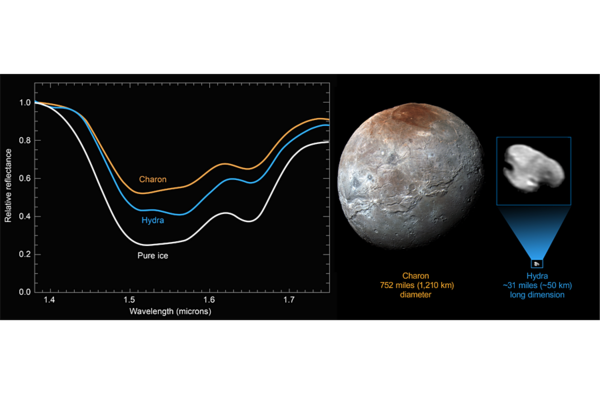 First Look'Pristine' water-ice spotted on Pluto's outermost moon
First Look'Pristine' water-ice spotted on Pluto's outermost moonNew data beamed back from NASA's New Horizons spacecraft confirms that Hydra, Pluto's outermost moon, is largely coated in a remarkably pure water-ice.
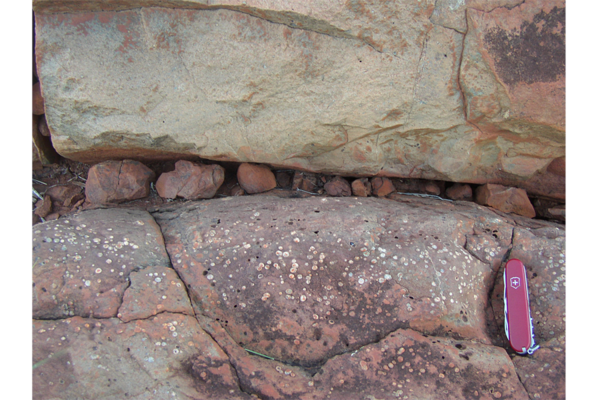 Early Earth's air was less than half as thick as it is today. Why does it matter?
Early Earth's air was less than half as thick as it is today. Why does it matter?Scientists thought they had an explanation for the so-called 'faint young sun paradox' in our solar system's early history. But new research could turn that solution on its head.
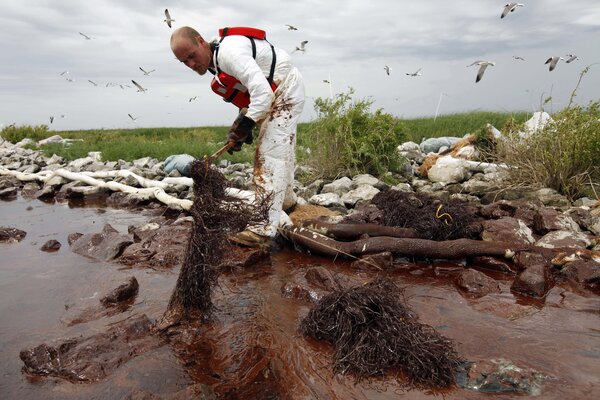 How an army of oil-eating bacteria can clean up the Gulf
How an army of oil-eating bacteria can clean up the GulfIn a new study published Monday, a team of researchers say certain bacterial species can use their natural metabolism to efficiently clean up spilled oil.
 Pacific islands, shorelines disappear due to climate change
Pacific islands, shorelines disappear due to climate changeA recent study points to the connection between human-caused climate change and some erosion and shoreline recession in a Pacific Island archipelago.
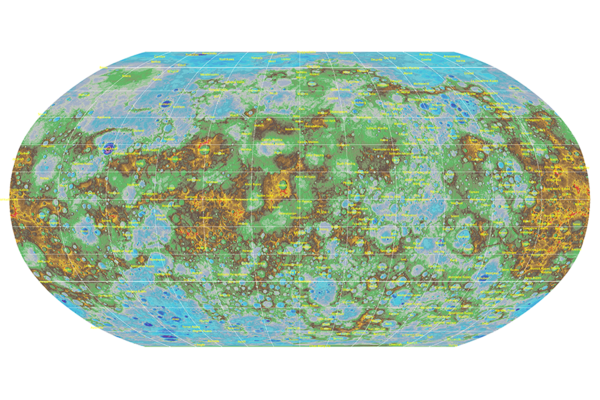 First LookAmazingly detailed topographical map adds textured view of Mercury
First LookAmazingly detailed topographical map adds textured view of MercuryResearchers from the US Geological survey combined more than 100,000 images to develop this first-ever topographical map of Mercury.























